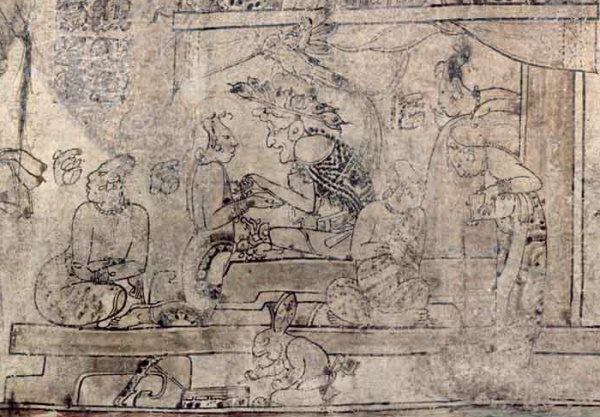Facts About The Princeton Vase
The Princeton Vase is a renowned example of Late Classic Maya pottery, celebrated for its codex-style artwork. It is currently exhibited at the Princeton University Art Museum. Originally, this vase served as a vessel for drinking chocolate and features a vivid throne room scene. In this depiction, an elderly deity is surrounded by five young women, and a bound captive is being decapitated by two masked figures. The vase showcases a striking palette of cream, orange, and brown-black slip, with traces of Maya blue pigment. It dates back to the late 7th or early 8th century and originates from the Nakbé region in the Mirador Basin, Petén, Guatemala.
The vase is not only visually stunning but also inscribed with texts revealing its purpose and owner, a lord named Muwaan K'uk'. The main artwork is a mythological scene rich in detail, encouraging viewers to rotate the vessel to grasp the full narrative. At the center of the scene is God L, a deity associated with trade, shamanism, and warfare. He is surrounded by female figures and a rabbit scribe busy recording the events. Scholars believe the imagery may reflect elements of the Popol Vuh, a significant K'iche' Maya mythological text.
Various interpretations exist regarding the scene depicted on the vase. Some suggest it portrays the ritual execution of Vucub-Hunahpu by God L, while others think it might depict the Hero Twins decapitating an underworld lord. These interpretations are still debated, with the execution scene possibly involving historical figures. The Princeton Vase is often compared to the Jaguar Baby vase, which is part of the collection at the Metropolitan Museum of Art in New York City.

 Canada
Canada